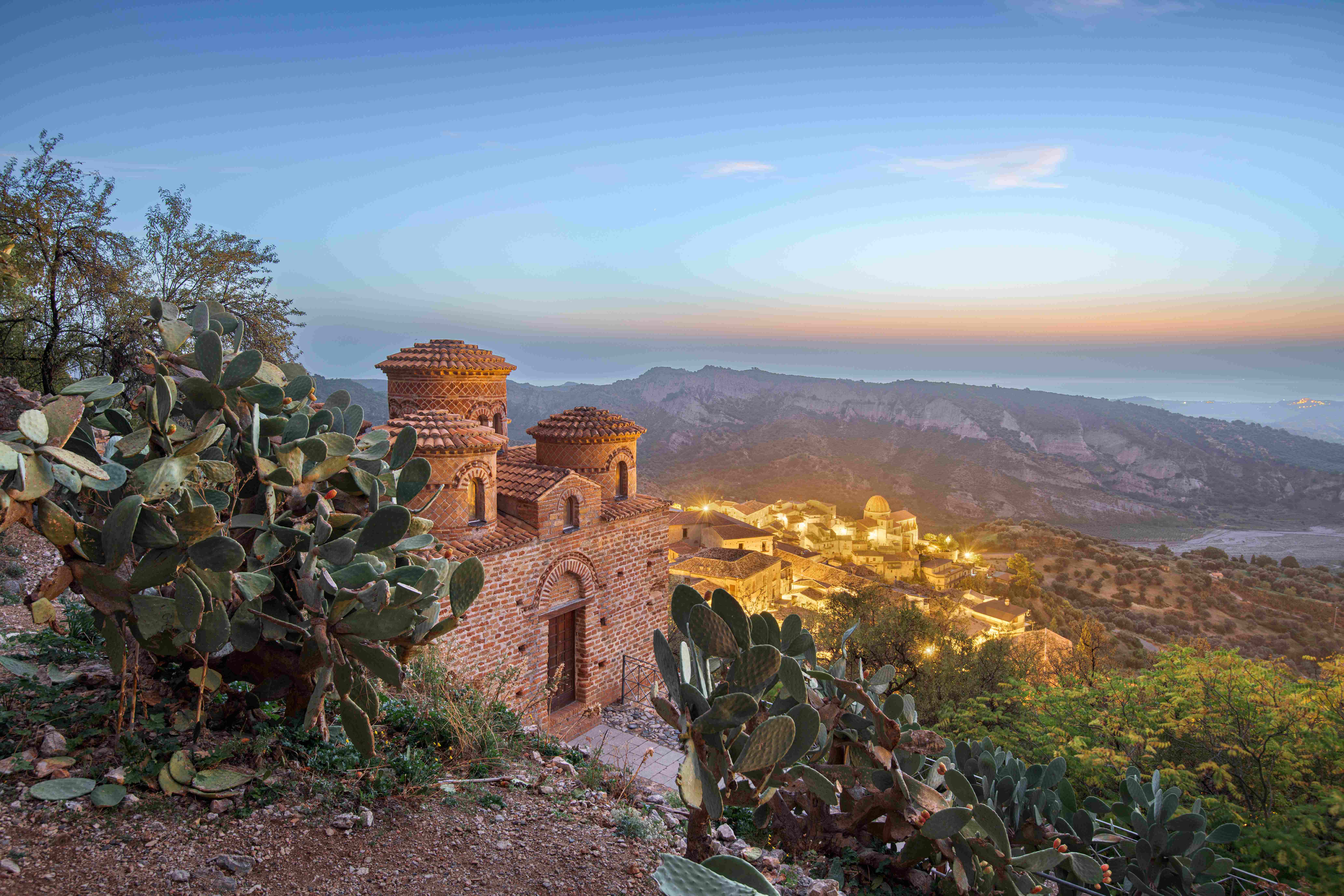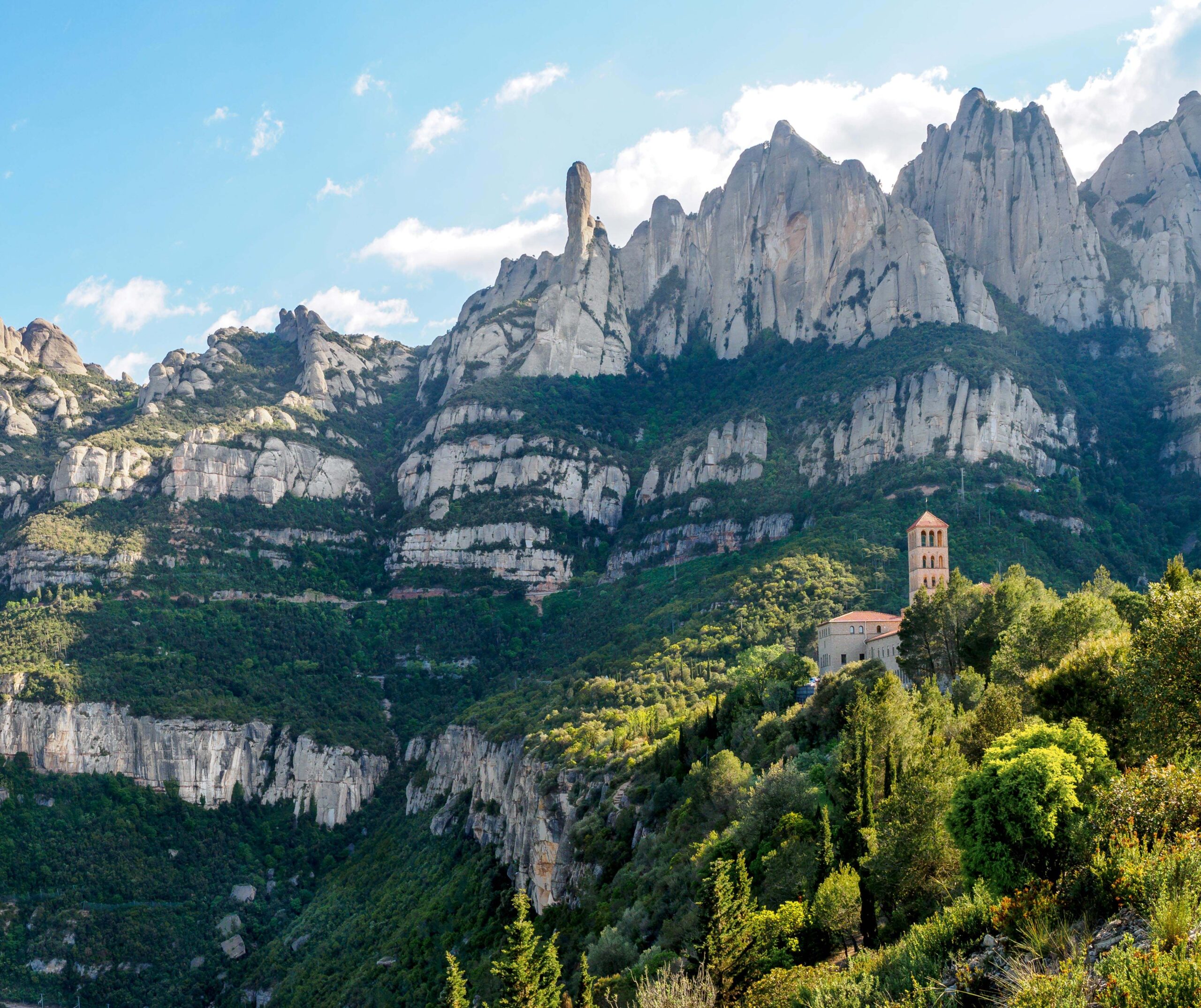Montserrat, known as the “Emerald Isle of the Caribbean,” boasts a rich and colorful history that spans centuries. This small island, with its dramatic landscapes and resilient people, has witnessed transformative events, from early encounters with European explorers to colonial struggles and modern challenges. Today, Montserrat stands as a symbol of hope and renewal in the Caribbean, its history a tapestry of cultural influences and natural forces.
Early Encounters
Long before the arrival of European explorers, Montserrat was home to indigenous peoples who lived off the land and sea. The island’s lush vegetation and fertile soil supported thriving communities, leaving behind traces of their way of life in local legends and archaeological remnants. When Christopher Columbus first sighted the island in 1493, it marked the beginning of a new era, forever altering the course of its history.
Colonial Legacy and the Influence of the Irish
In the early 17th century, Montserrat was claimed by the British, and its history became intertwined with that of the Caribbean plantation economy. The island’s fertile lands soon saw the development of sugarcane plantations, and the forced migration of enslaved Africans became a grim reality. However, Montserrat’s story took a unique turn when Irish settlers arrived, fleeing political turmoil and economic hardship in their homeland. This influx of Irish immigrants left an indelible mark on the island’s culture, earning Montserrat its nickname, the “Emerald Isle.”
Key historical milestones:
- British Claim and Plantation Economy: The establishment of sugarcane plantations and the use of enslaved labor fundamentally shaped the island’s early economic and social structures.
- Irish Influence: The arrival of Irish settlers brought new traditions, language, and resilience that continue to influence Montserrat’s cultural identity today.
- Cultural Fusion: Over time, the blending of African, Irish, and British influences created a distinctive heritage that is celebrated in local music, dance, and festivals.
These developments during the colonial era set the stage for a diverse and vibrant community that would endure despite adversity.
Modern Transformation and Resilience
The latter half of the 20th century brought both progress and profound challenges to Montserrat. The island experienced political changes and economic shifts, but nothing compared to the impact of the Soufrière Hills volcano eruption in 1995. The catastrophic event led to the abandonment of the capital, Plymouth, and forced thousands of residents to rebuild their lives. Despite this devastation, Montserrat has emerged as a beacon of resilience, with ongoing efforts to revitalize its economy, infrastructure, and community spirit.
Today, Montserrat continues to honor its past while forging a new future. The island’s history is not only a record of hardship but also a testament to the enduring strength of its people.
